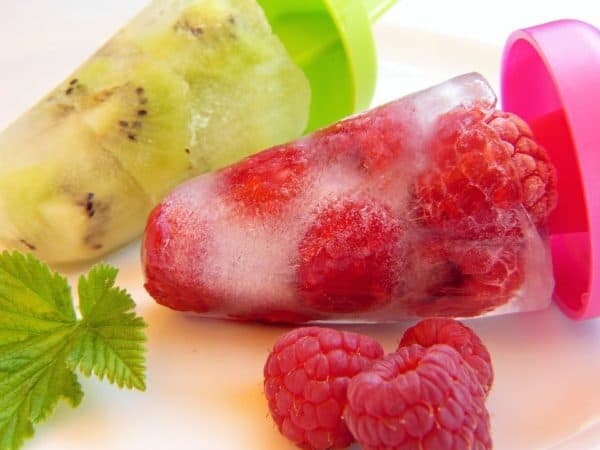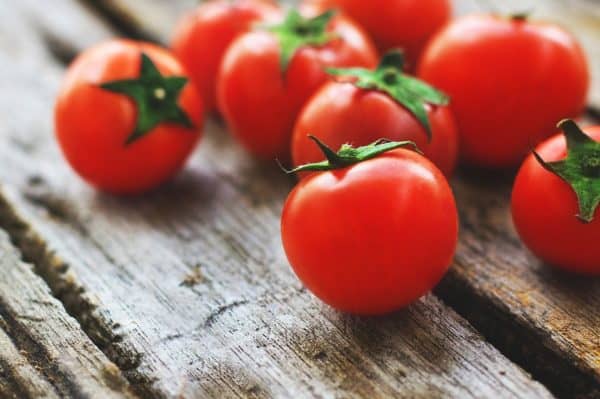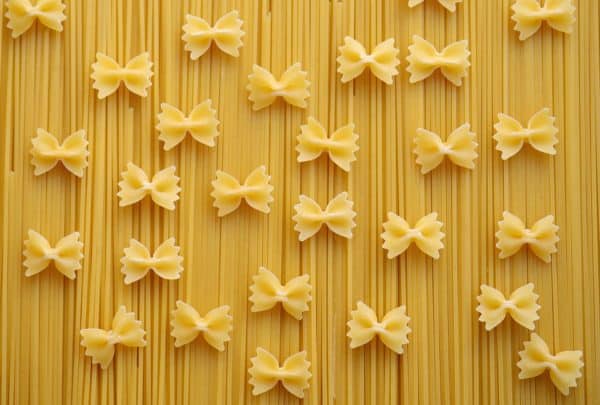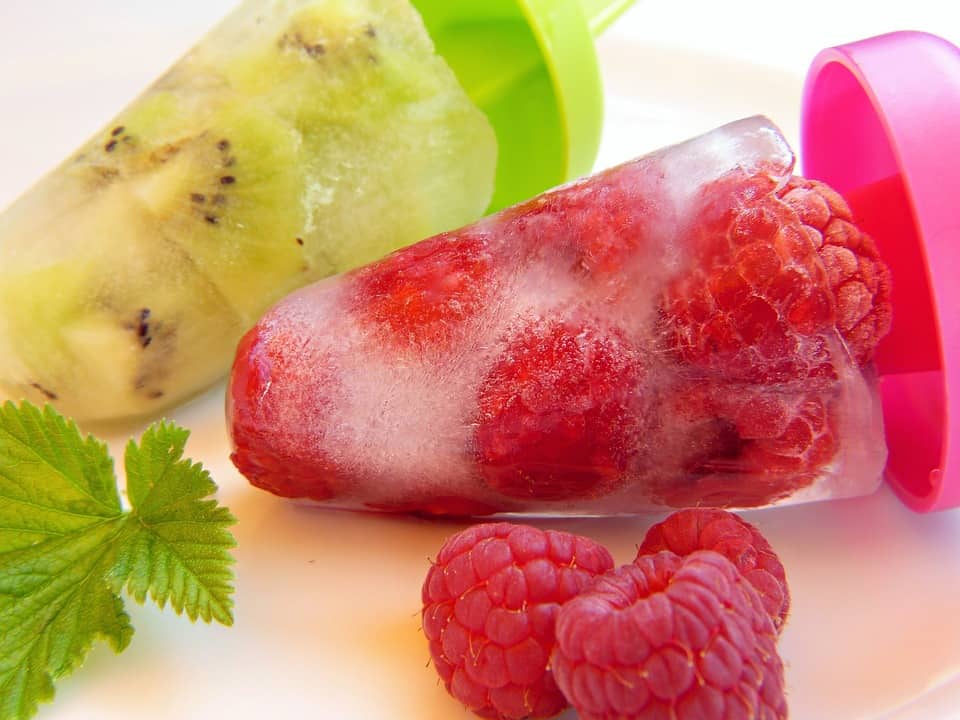Eating a diet that is rich in all of the nutrient requirements that a child’s body needs for them to grow is vital. A diet rich in fruit, vegetables and fibre is also key to ensuring that your child has the energy that they need to play and learn. Nutrition is a vital building block for child development, so what can you do when your child starts to refuse to eat the healthy food you are offering? What if they prefer to eat ‘junk foods’ like crisps, biscuits, chocolate and sweets? How do you start talking about ‘good’ and ‘bad’ foods with children?

It is important to discuss ‘good’ and ‘bad’ foods with children as early as possible. However, the general advice today is to actually try to avoid using those two words. Whilst we adults know exactly what they mean, the current guidance is to “avoid calling foods “good” or “bad”” because it can lead to an unhealthy relationship with food. British children are currently the most overweight in Europe, so this conversation can’t simply be ignored.
Due to news like that making headlines, attention is increasing and there are some incredible organisations and people out there trying to engage families in conversations about eating healthily. Here in the UK, Jamie Oliver is someone we all associate with healthy eating. He has been campaigning for years to get British children to eat a better diet.
But there are all sorts of organisations getting involved in this discourse now, like @TreesforCities. They started Edible Playgrounds. They said “Have you heard of our Edible Playgrounds programme? #EdiblePlaygrounds transform school grounds into vibrant outdoor teaching gardens that inspire hands-on learning and get children excited about growing and eating healthy foods #nationalgardeningweek …”
It is an incredible initiative that will teach children more than just the importance of healthy eating. As it is such a ‘hands on’ approach, the children will also be learning the science behind growing fruits, vegetables and herbs. They will also be getting an excellent dose of fresh air and some exercise.
Of course, your child might not be lucky enough as to benefit from the Edible Playgrounds Programme, so how can you talk to them without using the phrases ‘good’ and ‘bad’ foods?
We often hear people talking about how they have been ‘good’ today because they had a salad for lunch or started the day with a bowl of porridge and berries. Or we hear someone complaining how they were ‘bad’ over the weekend because they ate too much junk food. We might not think anything about it and accept what the person is saying without considering the connotations of the words at all.

However, the words that we all use to describe the world around us, not just food, has a huge impact on the developing psyche of our children. It’s worth remembering though that there is a wide range of foods that have been considered to be ‘bad’ at one time before the science progresses proving it is actually good for you.
Eggs are the perfect example of this. In the 1950s and 60s, Britons were told to “go to work on an egg”. Then in the 1980s, the latest science at the time said that eggs were bad for you due to the amount of cholesterol in them. However, time moved on and so did the science – we discovered that there is both good and bad cholesterol and that the cholesterol in eggs is the good kind. Looking just at the cholesterol levels also did not take into account the fact that eggs are rich in protein, vitamins and minerals as well as being very economical.
Clearly from that perspective, we are setting ourselves up for failure by labelling foods as ‘bad’. However, there is an additional reason to avoid using the words ‘good’ and ‘bad’ when discussing food. There are some very specific fad diets out there today, such as the Paleo diet, raw foods and clean eating. These diets might help people to burn fat in the short term, but in the long term they can be damaging for your health. This is because they work by limiting certain food groups from your diet.
The 21st century clean eating diet is an example of the damage that using the word ‘bad’ with food can have on a person’s mental health. Clean eating is focused on eating ‘clean’, i.e., eating whole foods, fruit and vegetables, unrefined and unprocessed food. Whilst on paper this sounds good, the other side of the clean eating coin is that foods which do not fall into the ‘clean’ eating category are therefore ‘unhealthy’, ‘impure’, ‘dirty’, ‘bad’.
This elicits guilt in the follower of the diet and proponents of clean eating can begin to limit or omit other important food groups from their diet, like complex carbohydrates and proteins. Removing vital food groups like carbohydrates and proteins from your diet puts you at risk of developing other illnesses or conditions. Not having enough whole grains in your diet puts you at risk of gut cancer and cardiovascular conditions and type 2 diabetes.

So, instead of using the terms ‘good’ and ‘bad’ when you talk to your children about the healthy food we all need to eat to live full, active lives, consider a different approach. It is better to explain that some foods should only be eaten as a treat whereas there are foods that you can eat regularly because they will help you grow big and strong.
A more subtle approach to have this conversation might be to incorporate it into another activity that your child enjoys, such as story time. Our founder, Tommy, has a new book out called Captain Fantastic and The Chocolate Planet, which is a great way to open up the conversation about the importance of a healthy diet.
As ever, we at Captain Fantastic are always on hand to help you with any advice and guidance you might need. We can also cater our parties (now being held online) to suit any requirements you might have. Get in touch with us to find out how we can make your next special occasion even more special!

